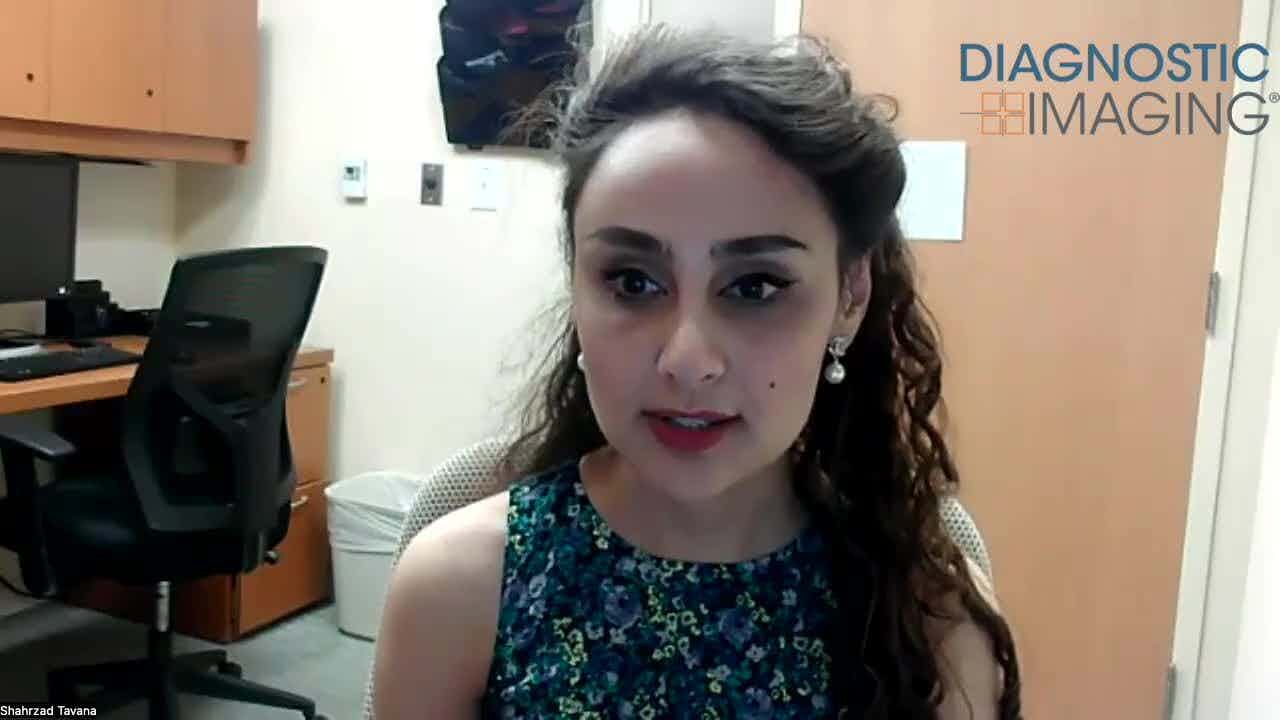Unnecessary Imaging Tests Still Ordered for Back Pain
Despite the availability of clinical guidelines for optimal spine care for back pain patients, many unnecessary diagnostic imaging tests are being performed.
Patients with back pain may be undergoing unnecessary and costly imaging tests - contrary to current practice guidelines, according to a study published in JAMA.
Using information obtained from the National Ambulatory Medical Care Survey and the National Hospital Ambulatory Medical Care Survey, researchers from Beth Israel Deaconess Medical Center and Harvard Medical School in Boston studied 23,918 outpatient visits for spine problems, representing an estimated 440 million visits total over the 11-year period.
The patients had a chief symptom and/or primary diagnosis of back or neck pain, as well as secondary symptoms and diagnoses of back or neck pain. Patients who had fever, neurologic symptoms, or cancer were not included in the study group. Fifty-eight percent of the patients were female, mean age increased from 49 to 53 during the study period. The researchers examined use of diagnostic imaging, as well as recommended treatments, including medication use to see how patients were managed in accordance with current practice guidelines.
The researchers found that use of radiographs for diagnosis remained stable at approximately 17 percent between 1999 and 2010, but use of CTs or MRIs increased to 11.3 percent from 7.2 percent. Accepted guidelines generally do not recommend use of initial routine imaging among patients who do not have suspected serious pathology.
Looking at treatment, the results showed that NSAIDs or acetaminophen use per visit decreased from 36.9 percent in 1999 to 2000 to 24.5 percent in 2009 to 2010, but narcotic use increased in that period, from 19.3 percent to 29.1 percent. Stratifying by short- or long-term presentations, where the patients presented, as well as adjusting for age, sex, race/ethnicity, PCP status, symptom duration, region, and metropolitan location showed similar trends.
In addition, referrals to physical therapy increased from 6.8 percent to 14.0 percent.
The researchers concluded that despite known clinical guidelines on the management of back pain, spine care is still discordant and costly, particularly due to the increase in diagnostic imaging tests.
Can Abbreviated MRI Have an Impact in Rectal Cancer Staging?
April 4th 2025Abbreviated MRI demonstrated a 95.3 percent specificity for rectal cancer and provided strong agreement with the full MRI protocol for T staging and detection of extramural venous invasion, according to newly published research.
Study with CT Data Suggests Women with PE Have More Than Triple the One-Year Mortality Rate than Men
April 3rd 2025After a multivariable assessment including age and comorbidities, women with pulmonary embolism (PE) had a 48 percent higher risk of one-year mortality than men with PE, according to a new study involving over 33,000 patients.










